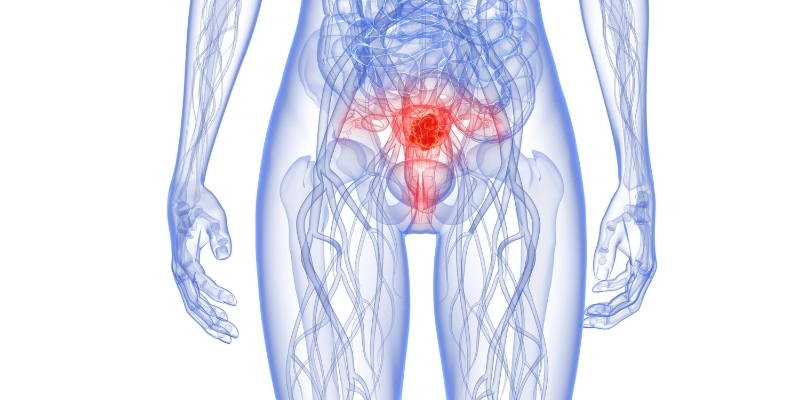How Is A Prolapsed Uterus Diagnosed?
2021-03-12 / RG STONE HOSPITAL / Urological Treatment

The uterus is known as the womb, in layman's language. It is an inverted pear-shaped-looking body part of a similar size. The uterus sits low in the abdomen and is held in position by muscles, ligaments, and fibrous tissues. The uterus is attached to the vagina by the cervix that is an integral part of the womb or uterus.
Uterine prolapse is when the uterus shifts toward or into the vagina. It occurs when the pelvic muscles and ligaments become weak and don't support the uterus. The complication can sometimes result in ulceration.
Uterine prolapse can be either complete or incomplete. In incomplete uterine prolapse, the uterus is partially moved into the vagina but does not flip out. And incomplete uterine prolapse, a part of the uterus that protrudes from the vaginal opening.
The condition is graded by its seriousness or extremely:
1st grade: fallen to the upper vagina
2nd grade: declined to the introitus
3rd grade: cervix has dropped out of the introitus
4th grade: cervix and uterus have both fallen out of the introitus
Extreme cases may need surgery, but in the initial stages, exercises can cure it.
Symptoms:
-
pelvic heaviness
-
vaginal bleeding
-
huge vaginal discharge
-
difficulties faced at the time of sexual intercourse
-
urinary leakage
-
bladder infection
-
difficulty in bowel movement
-
constipation
-
lower back pain
-
weak vaginal tissue
In the early stage, there may be no symptoms, but it gets worst over time.
Causes:
Pelvic muscles can become weak due to a no. of reasons such as:
- pregnancy
- Traumatic pregnancy
- delivering a large baby
- vaginal delivery
- frequent heavy lifting
- hurting bowel movements
- prolonged cough
- some previous pelvic surgery
- genetic disorder
We at RG Hospital have a team of highly skilled professionals and doctors who aim to give the best treatment for prolapsed uterus and related p
Categories
Hernia Repair
Appendicitis
Piles
Urological Treatment
Hernia treatment
Enlarged Prostate (BPH)
Gall Bladder Stone
Urinary / Kidney Stone
Vitamins
Indian Health Care System
Exercise
Obesity
Female Urinary Incontinence
Single Incision Laparoscopic Surgery (SILS)
Kidney Cancer
Bladder Cancer
Ovarian cancer
Nephrology
Bariatric Surgery
Kidney Function Test
Female Urology
Radiation Therapy
Alcoholic Fatty Liver
Liver disease
Gastroenterology
Kidney Disease

